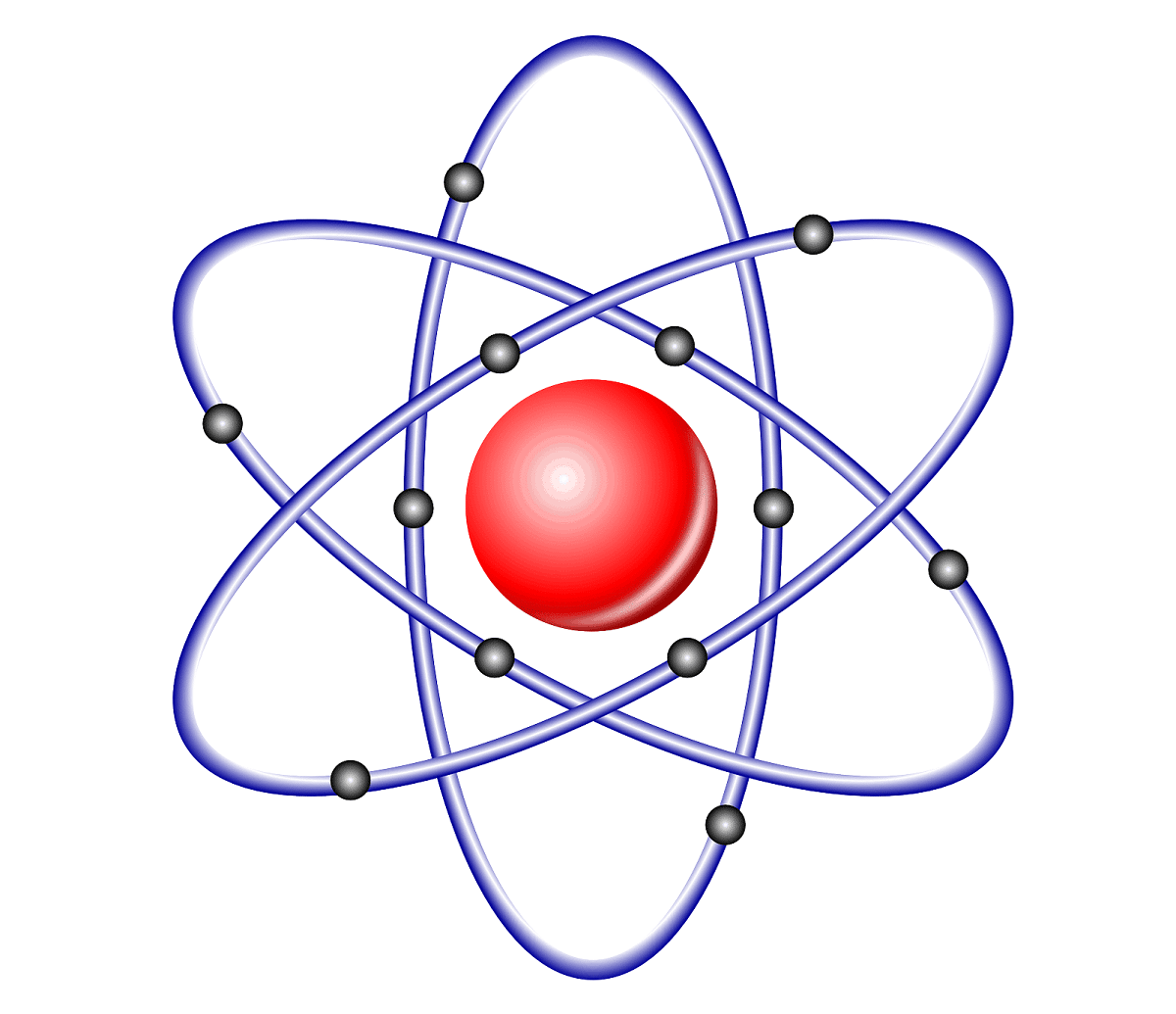
John Dalton is an English physicist, chemist and meteorologist who made a difference in the world of science thanks to the incorporation of modern atomic theory. This theory is known as atomic model of the Dalton and it was quite relevant. John Dalton is also known for his studies on the inability to distinguish colors in the human eye. This is how we know this disability as color blindness.
In this article we are going to tell you about all the characteristics and importance that Dalton's atomic model had for science.
Dalton's Little Story

To introduce Dalton's atomic model, let's first review the history of this scientist a bit. And it is that the idea of the atom began with the Greek philosopher Democritus. However, this theory was not widely accepted and even many scientists found it ridiculous for centuries and centuries. Since this Atomism and all the Greek philosophical currents that existed, more than 2 years have passed for another atomic theory to have such relevance in the scientific world. However, in 1804, John Dalton, it was based on the ideas of the Atomists to be able to present Dalton's atomic model.
His model was the result of the conclusions he drew from various experiments carried out with different types of gases. Based on the results of these investigations it was possible to show that atoms really exist. Democritus had not pointed out that the atom existed as it is. In this way, one of the most important theories in the history of modern physics has been created.
Next, we will describe the basic principles of Dalton's atomic model.
Basic principles of the atomic model of Alto

- All matter is made of atoms. This means that everything we know and that is tangible is made up of atoms both on our planet and the rest of the known universe. All elements are also made of atoms.
- Atoms are indivisible from indestructible. Dalton believed that atoms were particles that were smaller in size than matter and chemically indestructible.
- All the atoms of an element are identical. We must know that all the atoms that make up a type of element have the same mass and the same characteristics. They also have the same morphology and move at the same speed.
- Atoms of different elements vary in mass and properties. This is what makes each item different from the other. Since all elements are made up of atoms, these atoms have different characteristics and masses.
- Compounds are made up of a combination of two or more different types of atoms. This assertion of compounds is what causes more variability in the elements. And it is that, although the compound has the same types of atoms, they are combined and in the same proportions.
- A chemical reaction is a rearrangement of atoms. When a chemical reaction occurs it is nothing more than the separation, union or rearrangement of atoms. We are not talking about atoms changing their characteristics or mass. The atoms of one element never change to the atoms of another element as a result of harsh chemical reaction. Just change your organization.
Additional Considerations of Dalton's Atomic Model
Once the principles of the model were described, some additional considerations had to be made that could complete all the characteristics of said model. In addition to these principles John Dalton proposed that the atoms of the elements that are interacting with each other to form molecules obey the law of conservation of mass. This means that the amount and type of poise that a molecule has is equal to the number and type of atom of the products that have been used in the chemical reaction. This also obeys the law that says that matter is neither created nor destroyed, but is transformed.
Another important aspect of Dalton's atomic model was the Law of Multiple Proportions. This law tells us that if we combine the atoms of two elements, these atoms can only combine in relation to whole numbers. In other words, an atom can be combined as another atom, two atoms with one atom, two atoms with two other atoms, etc. An example that helps us understand the Law of Multiple Proportions is the following: we take water and combine it in a 2 to 1 ratio. This means that water has two hydrogen atoms for each one of oxygen. Therefore, no proportion that it had in these elements can be used to produce water. That is, we cannot produce water if we use 3 hydrogen atoms and 2 oxygen atoms.
To be able to give characteristics to Dalton atoms created the table of atomic weights. This table was quite useful since it contained all the elements in a certain order based on their weight. All the elements in the table were compared with hydrogen, this being the lightest of all. Therefore, hydrogen is number one in the table and has the atomic number 1.
Acceptance of Dalton's atomic model and its limitations
Since these models breaking the schemes that until then were established, the approval was more complicated. However, Dalton's atomic model was accepted by many scientists of the time almost immediately. Thanks to this atomic model we have many of the bases of the current theory.
Today's scientists know that atoms have several types of smaller particles such as protons, neutrons, and electrons. This Dalton theory became the basis for the theory of chemistry.
The problem with this atomic model also had some errors and limitations. And it is that Daltón had in mind that the atoms of all the elements were capable of remaining individually, so he could not realize that in some elements the atoms do exist forming molecules, as for example in pure oxygen. Pure oxygen is made up of two oxygen atoms. That is to say, it is a molecule of the same element but that have two oxygen atoms.
One of the main errors of this model is that it was thought that the simplest compound between two elements is always an atom of each element. This made him conclude that the water was HO rather than H2O.
However, Dalton's atomic model advanced the world of chemistry and physics quite a bit. I hope that with this information you can learn more about Dalton's atomic model.
